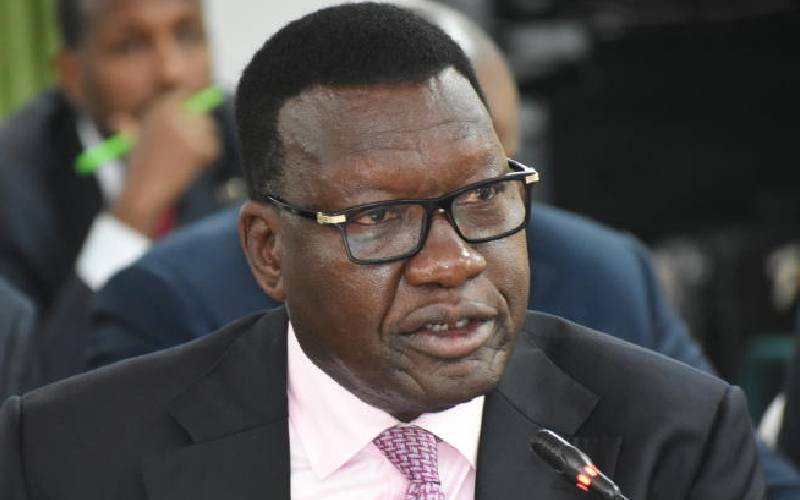×
The Standard e-Paper
Join Thousands of Readers

For the third time in four months, Kenya was on Sunday night plunged into darkness following a countrywide power outage that left critical institutions unable to continue operating effectively.
Power sector authorities Monday attempted to offer an explanation to Kenyans who are now demanding answers.